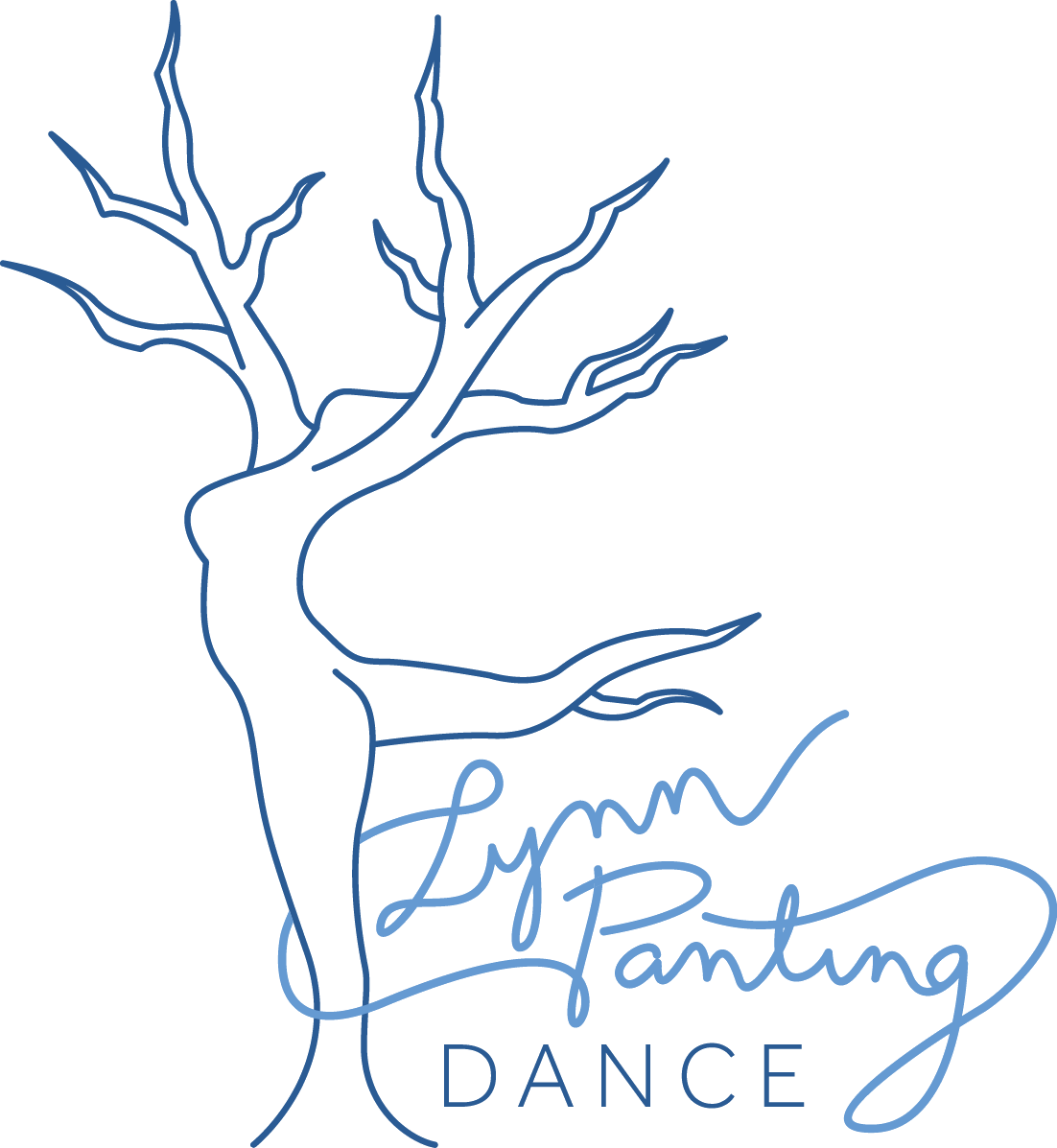Dance and Autonomy
Kate Whelan, LPD, 2018
While traditional forms and techniques provide a foundation, the true magic of dance occurs when dancers take ownership of the dance.
Posture, strength, flexibility, artistry, and skill are all tools that dancers can collect and develop. As dancers foster these physical tools, they should also foster the mental practice of self-awareness and reflection.
How Do We Support Autonomy in Dance?
Understand That Everyone is Running Their Own Race
There’s no one exercise, prompt, or direction that is going to connect with everyone.
For teachers, choreographers, and directors, this means you have to get creative with your methods and modes of communication.
Practice saying things in different ways.
Take a new approach to older material.
Resist the call to urgency.
For dancers, this means you have to practice self-awareness.
Reflect on the prompts, corrections, and points of clarification that connect with you.
Actively think about your tools and thoughtfully apply them to your movement.
Notice what works for you and make it a practice.
Offer Freedom of Expression
By giving dancers the freedom to explore, experiment, and express themselves, we allow them to tap into their unique voices and promote ownership of their own bodies.
Prioritize Consent
Consent is key. There is a culture of body closeness in dance—a big part of the pedagogy itself is physical correction. However, culture changes, and we must adapt.
Dancers must be empowered to create and maintain boundaries, and we must respect them.
Honour the Dancer’s Contribution
Dancers are intuitive, innovative, and empathic, making them invaluable problem solvers. Honouring the dancer means understanding their contribution to the room and the work they embody.
The autonomy of the dancer is crucial for personal growth, artistic innovation, and the evolution of the art form itself.

